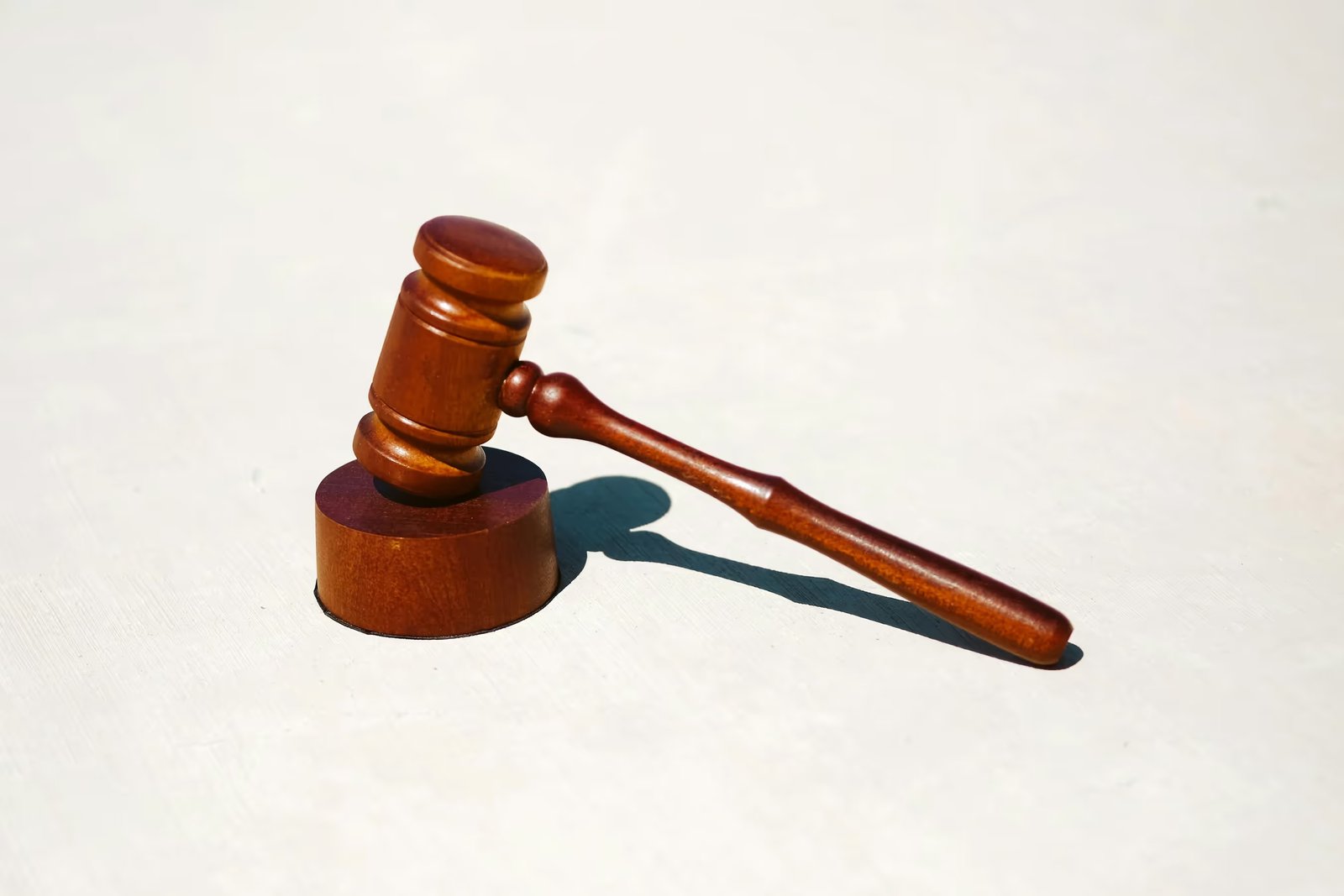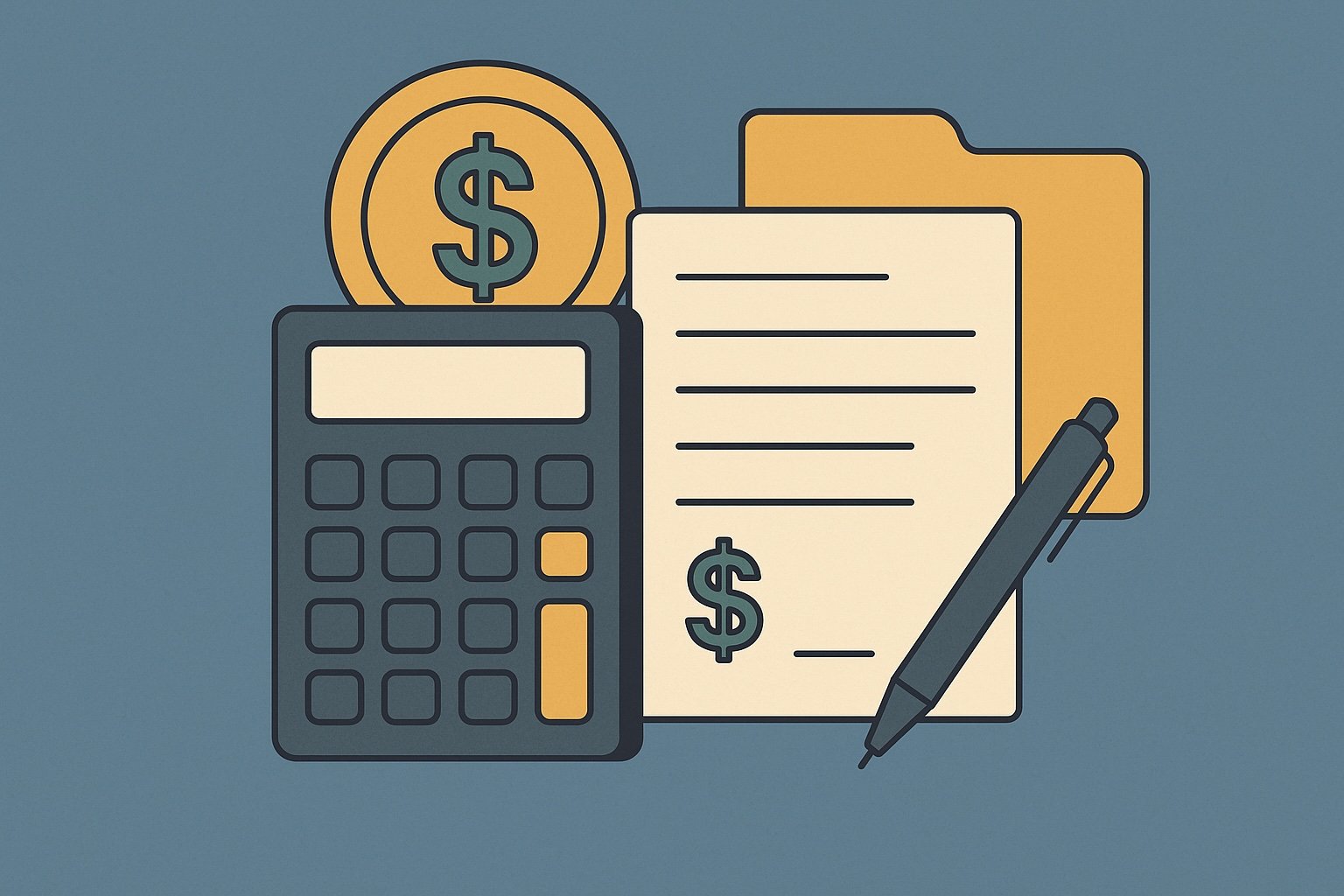Question
ARTE's Answer
The cost of a 1031 exchange can vary depending on several factors, including the complexity of the transaction, the services provided by the Qualified Intermediary (QI), and any additional fees associated with the exchange process. At Deferred.com, we offer a "No Fee Exchange" service, which can significantly reduce the costs typically associated with a 1031 exchange, providing a cost-effective solution for investors looking to defer capital gains taxes.
When considering the costs of a 1031 exchange, it's important to understand the typical expenses involved:
- Qualified Intermediary Fees: The QI plays a crucial role in facilitating the exchange by holding the proceeds from the sale of the relinquished property and acquiring the replacement property on behalf of the taxpayer. While many QIs charge a fee for their services, at Deferred.com, we offer a "No Fee Exchange," which means you won't incur the typical QI fees that can range from a few hundred to several thousand dollars, depending on the complexity of the exchange.
- Closing Costs: These are expenses related to the sale of the relinquished property and the purchase of the replacement property. They can include title insurance, escrow fees, recording fees, and transfer taxes. According to IRS guidelines, certain closing costs can be paid from exchange proceeds without disqualifying the exchange, but they may still result in taxable boot if not handled properly. It's essential to review these costs with a tax professional to ensure they are categorized correctly.
- Legal and Professional Fees: Depending on the complexity of the exchange, you may need to engage legal or tax professionals to ensure compliance with IRS regulations. These fees can vary widely based on the services required.
- Miscellaneous Costs: Other potential costs include appraisal fees, inspection fees, and any costs associated with financing the replacement property. These are generally not considered exchange expenses and may need to be paid out of pocket to avoid generating boot.
To illustrate how a 1031 exchange might work with Deferred.com as your QI, let's consider an example:
Imagine you own a rental property that you purchased for $200,000, and it's now worth $400,000. You decide to sell this property and use the proceeds to purchase a new investment property worth $500,000. By using Deferred.com as your QI, you can take advantage of our "No Fee Exchange" service, eliminating the typical QI fees.
Here's how the process might look:
- You sell your relinquished property for $400,000. The proceeds are transferred to Deferred.com, acting as your QI.
- You identify a replacement property worth $500,000 within the 45-day identification period.
- Deferred.com uses the $400,000 proceeds to acquire the replacement property on your behalf, and you cover the remaining $100,000 through additional financing or cash investment.
- By reinvesting all the proceeds and maintaining or increasing your investment level, you defer capital gains taxes on the sale of the relinquished property.
This example demonstrates how using Deferred.com as your QI can streamline the exchange process and reduce costs, allowing you to maximize your investment potential while deferring taxes. Always consult with a tax professional to ensure compliance with IRS regulations and to understand the specific costs and benefits of your 1031 exchange.
Have more questions? Call us at 866-442-1031 or send an email to support@deferred.com to talk with an exchange officer at Deferred.
Sources
- What To Do About Exchange Expenses in a Section 1031 Exchange? (Article)
- What Costs can be Considered Acceptable “Exchange Expenses?” (Article)
- Goolsby v. Commissioner
- TAM 200039005 (Failed Reverse Exchanges)
- What Is a Three-Party Exchange?
- Deferring Losses On The Sale of Property Using 1031 Exchanges
- Rev. Rul. 2002-83 (Related Party Exchanges)
- TD 8535 (Like-Kind Exchanges of Real Property-Coordination with Section 453)
- 1.468B-6 (IRS Code of Federal Regulations)
1031 Question? Ask ARTE
Deferred's AI 1031 Research Assistant is trained on 8,000+ pages of US tax law and outperforms human CPAs by 22%+
CHAT NOW
Learn More
See more frequently asked questions about 1031 exchanges








